Math Worksheets Printable Punnett Square
Punnett Square worksheets play a crucial role in enhancing students' understanding of genetics and probability. Designed for math enthusiasts and biology students alike, these printable worksheets provide an organized and practical approach to solving genetic crosses. By combining mathematical concepts with the study of inheritance patterns, these worksheets offer a comprehensive understanding of Punnett Squares and their relevance within the realm of genetics.
Table of Images 👆
More Math Worksheets
Printable Math WorksheetsMath Worksheets Printable
Printable Math Worksheets Multiplication
Math Worksheets for 2nd Graders
Math Multiplication Worksheets
First Grade Subtraction Math Worksheets Printable
Math Worksheets Integers
Middle School Math Coloring Worksheets
Hard Math Equations Worksheets
Valentine's Day Math Coloring Worksheets
What is a Punnett square?
A Punnett square is a diagram used to predict the possible genetic outcomes of a cross breeding involving two individuals with known genotypes. It is a tool commonly used in genetics to visualize and determine the probabilities of different genotypes and phenotypes that offspring may inherit from their parents.
How does a Punnett square help predict the outcome of genetic crosses?
A Punnett square is a visual tool that helps predict the possible genetic outcomes of a cross between two individuals. By combining the alleles from each parent, the Punnett square can show the different genetic combinations that can occur in their offspring. This allows us to determine the probability of certain traits being expressed in the offspring and helps us understand the inheritance patterns of specific genes.
What are the different types of alleles represented in a Punnett square?
In a Punnett square, the different types of alleles represented are the dominant and recessive alleles. Dominant alleles are symbolized by uppercase letters and are expressed in the phenotype when present, while recessive alleles are symbolized by lowercase letters and are only expressed in the phenotype if two copies are present. The combinations of these alleles determine the genotypes and phenotypes of the offspring in a genetic cross.
How do you determine the genotypes and phenotypes of offspring from a Punnett square?
To determine the genotypes and phenotypes of offspring from a Punnett square, you need to first list the genotypes of the parent organisms. Then, create a Punnett square by crossing the alleles from each parent and filling in the boxes with the possible combinations. Once you have the Punnett square filled out, you can identify the genotypes of the offspring by looking at the different combinations of alleles. To determine the phenotypes, you can then use a genetic chart to match the genotypes with their corresponding physical traits or characteristics.
What is a monohybrid cross, and how is it represented in a Punnett square?
A monohybrid cross is a genetic cross between two individuals that are heterozygous for a single trait. In a Punnett square for a monohybrid cross, the alleles for the trait from each parent are represented on the top and side of the square. The possible combinations of alleles are then filled in the squares to predict the genotypes and phenotypes of the offspring.
What is a dihybrid cross, and how is it represented in a Punnett square?
A dihybrid cross is a genetic cross between two individuals that differ in two traits. In a dihybrid cross, the genotypes of both parents are considered for two different traits, resulting in four possible allele combinations in their offspring. This is represented in a Punnett square by creating a grid with the genotypes of each parent along the top and left side, and then filling in the squares with the possible allele combinations in the offspring based on the principles of Mendelian genetics.
Can a Punnett square be used to predict the probability of specific traits in offspring?
Yes, a Punnett square can be used to predict the probability of specific traits in offspring by combining the genetic information of two parents to determine the likelihood of different trait combinations in their offspring. This tool is especially useful in predicting the outcomes of simple genetic crosses involving dominant and recessive traits.
How can incomplete dominance be represented in a Punnett square?
Incomplete dominance can be represented in a Punnett square by using two different capital letters to symbolize the two alleles being inherited, with the heterozygous genotype producing an intermediate phenotype that is a blend of the two homozygous phenotypes. For example, in a cross between two pink snapdragon flowers (RR = red, WW = white), the Punnett square would show the parental genotypes giving rise to offspring with the RW genotype resulting in pink flowers, displaying incomplete dominance.
How can codominance be represented in a Punnett square?
Codominance can be represented in a Punnett square by using different letters or symbols to denote the two different alleles that are equally expressed in the phenotype. For example, if you have a heterozygous individual with a red allele (R) and a white allele (W) that both show in the offspring, you would use both R and W in the Punnett square to designate the phenotypic outcome. This visually demonstrates the concept of codominance where both alleles are fully expressed in the heterozygous individual.
What is the significance of Punnett squares in understanding genetic inheritance patterns?
Punnett squares are significant in understanding genetic inheritance patterns as they provide a visual representation of how alleles from two parents can combine to create genetic variations in their offspring. By using Punnett squares, one can predict the likelihood of certain traits being passed down and understand the principles of dominant and recessive alleles, as well as how genetic traits are inherited according to Mendelian genetics. This tool allows researchers and individuals to make more informed predictions about the probability of certain traits or genetic diseases being expressed in future generations.
Have something to share?
Who is Worksheeto?
At Worksheeto, we are committed to delivering an extensive and varied portfolio of superior quality worksheets, designed to address the educational demands of students, educators, and parents.

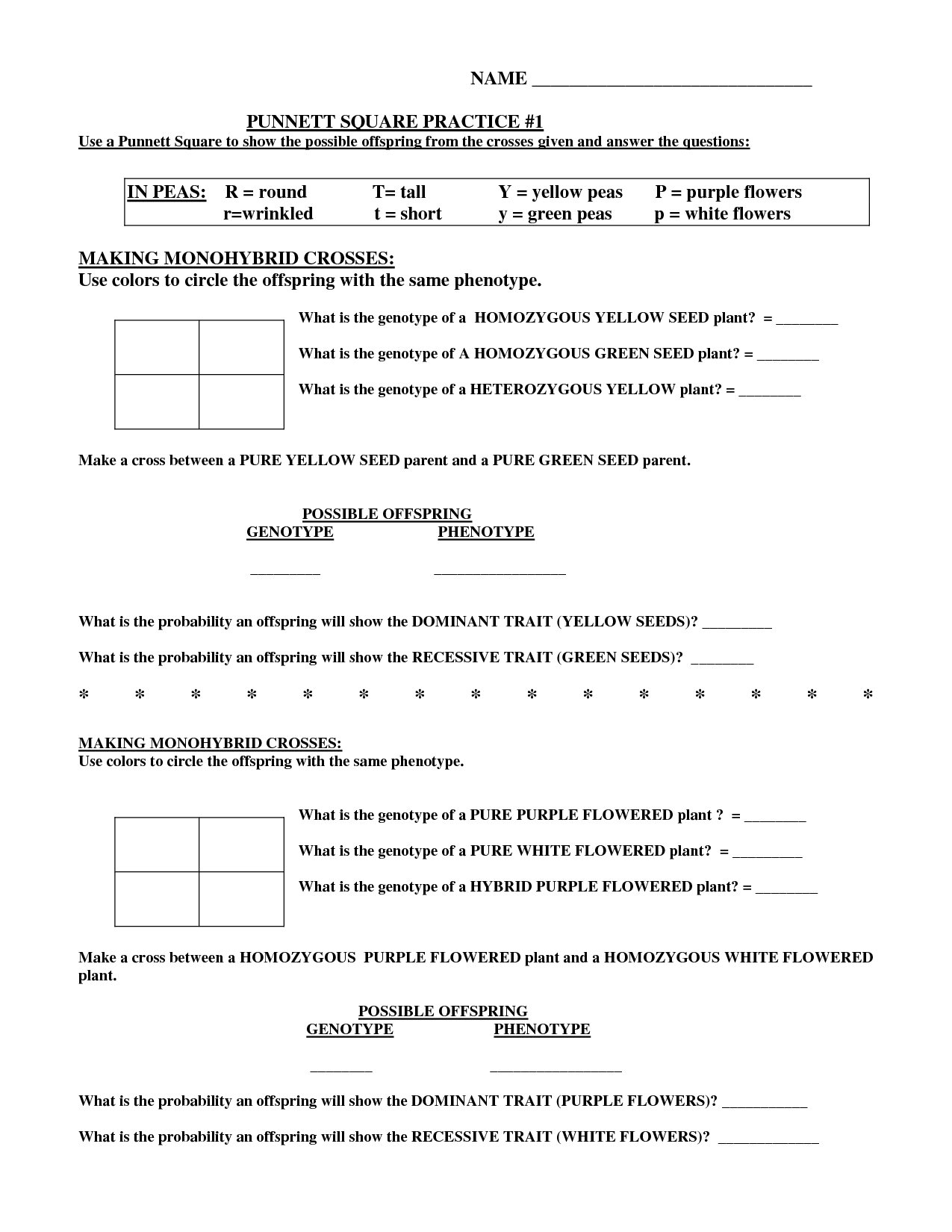



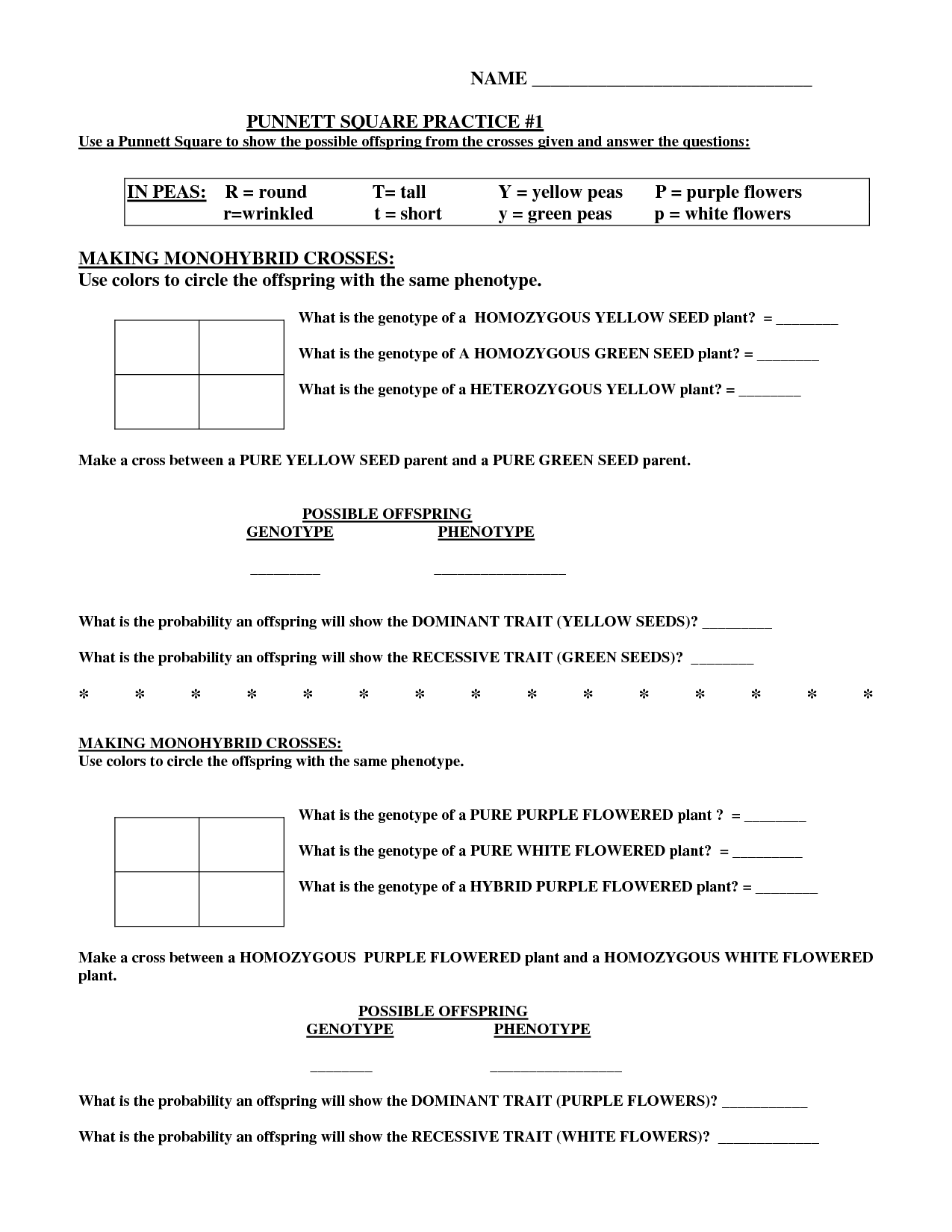
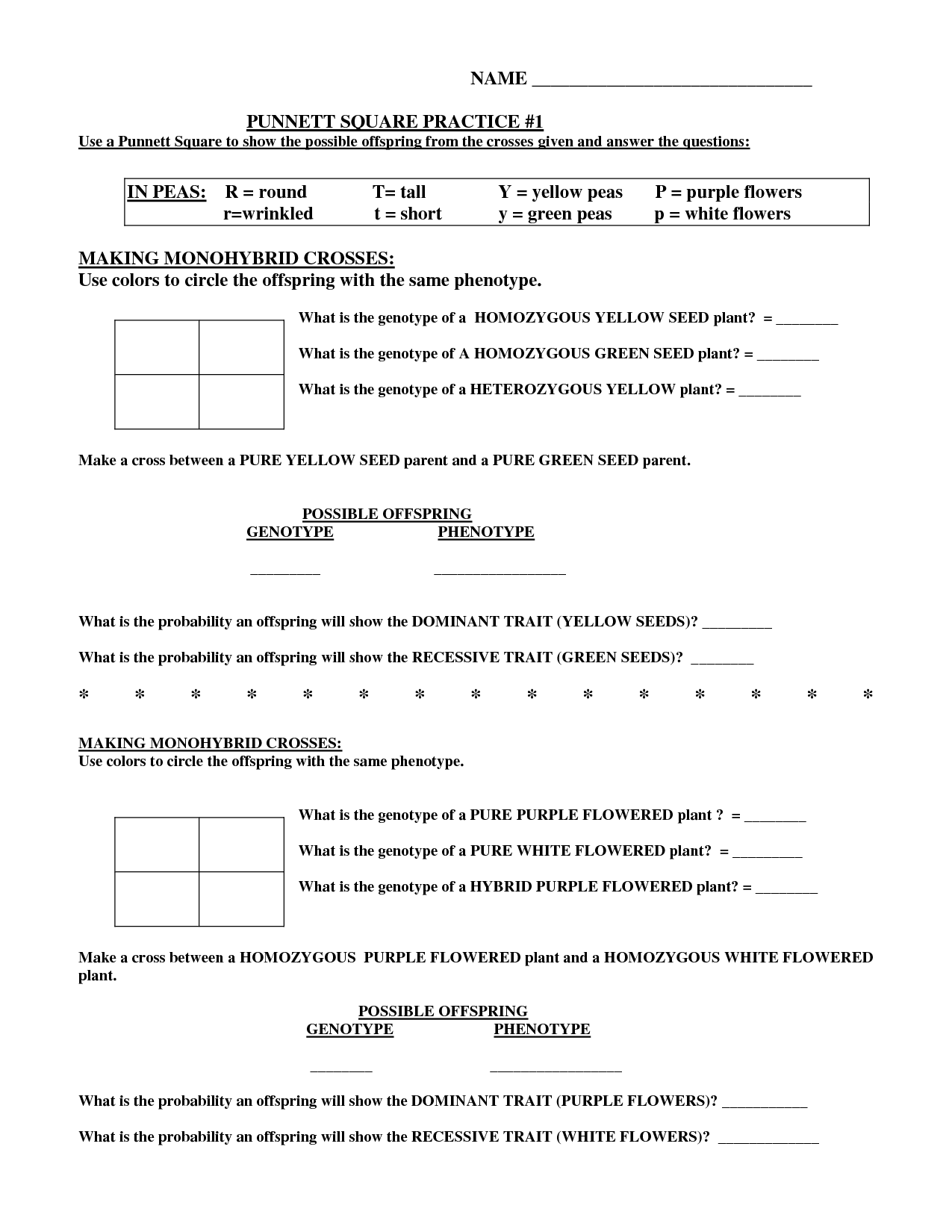
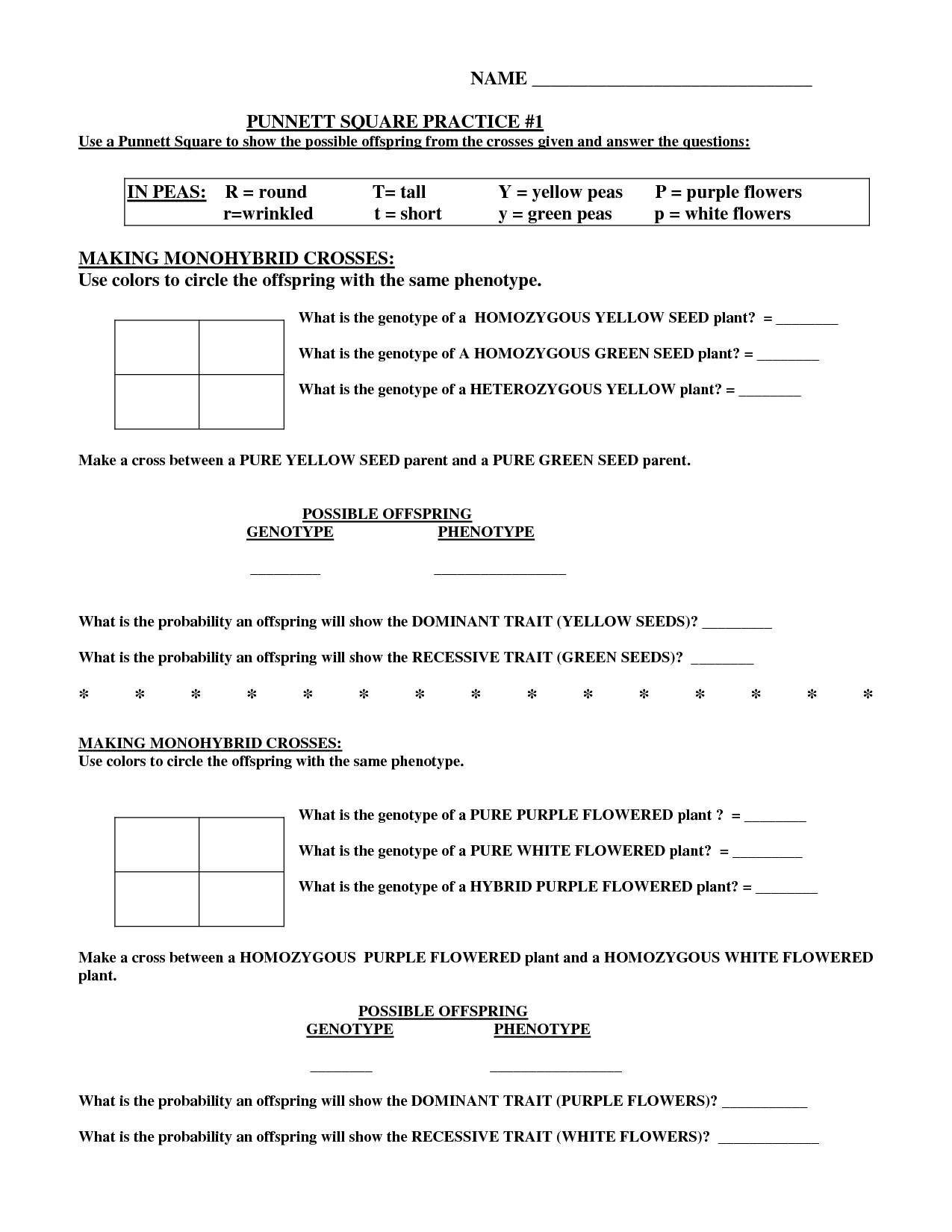

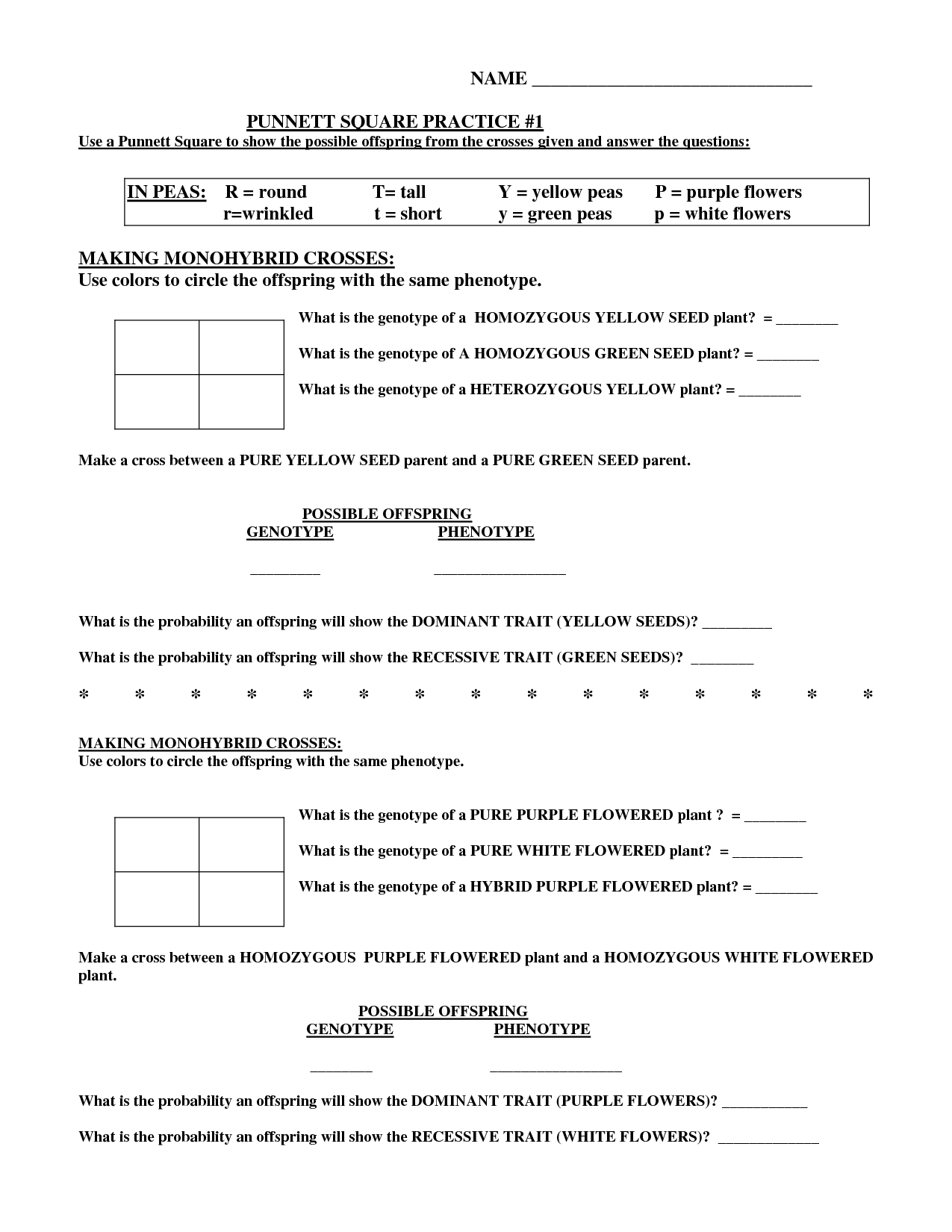
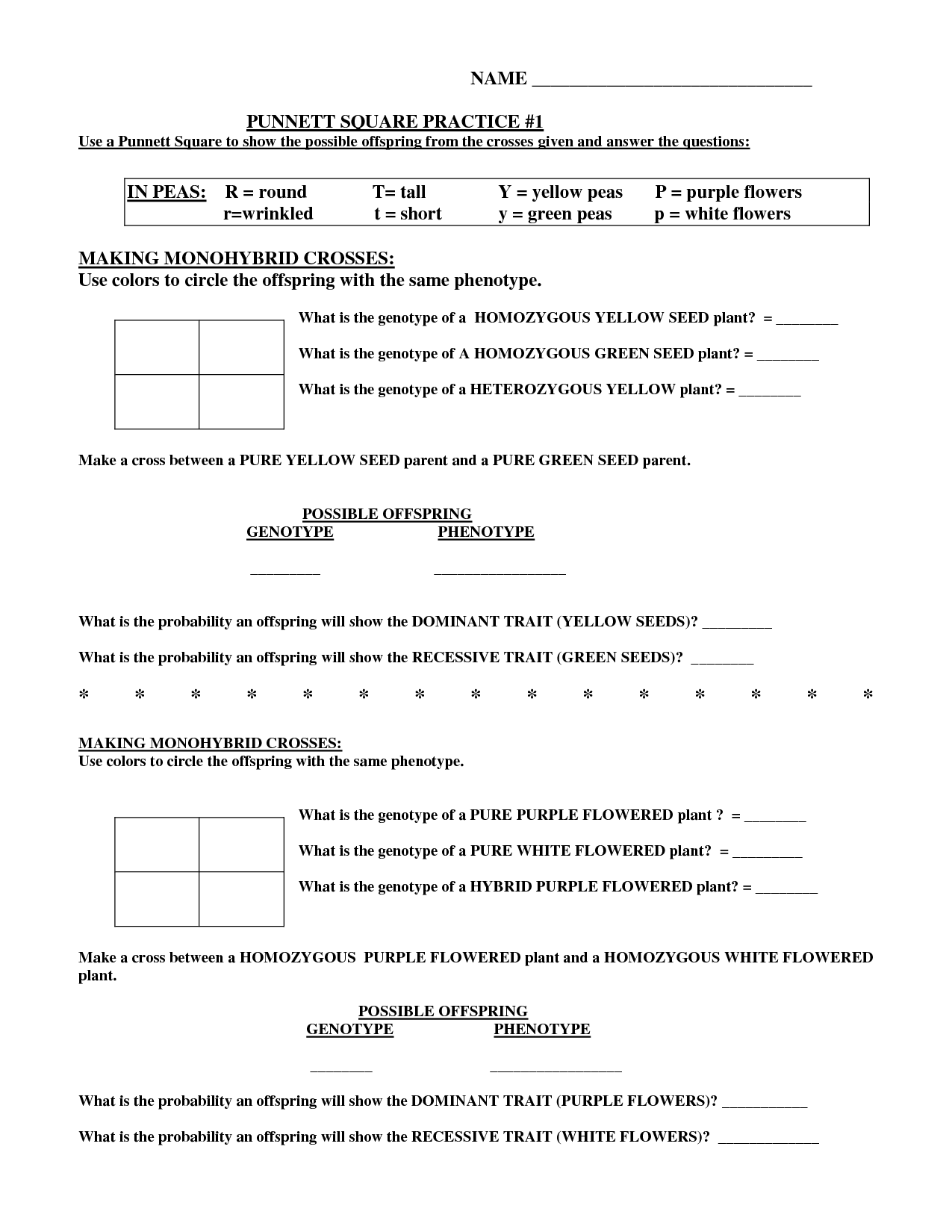
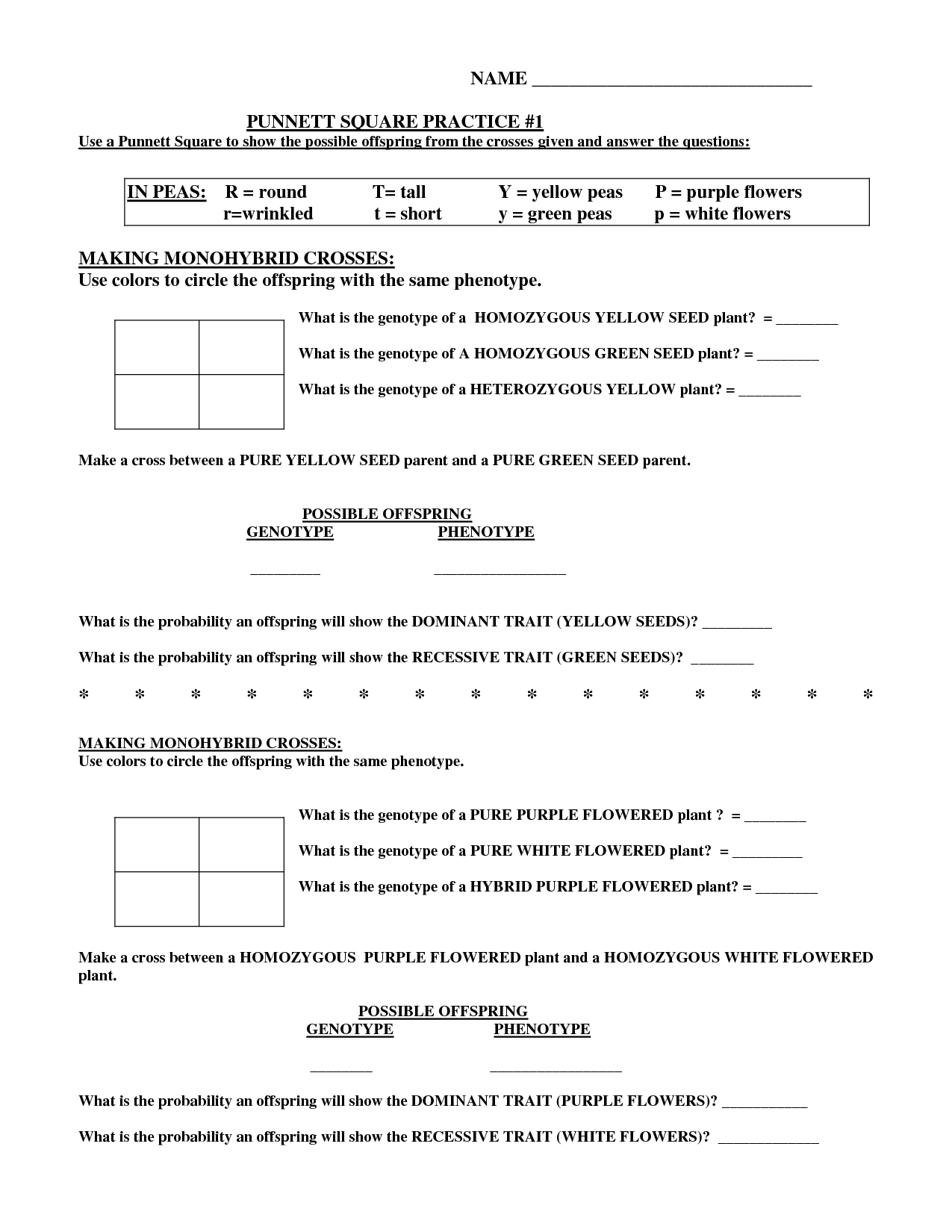
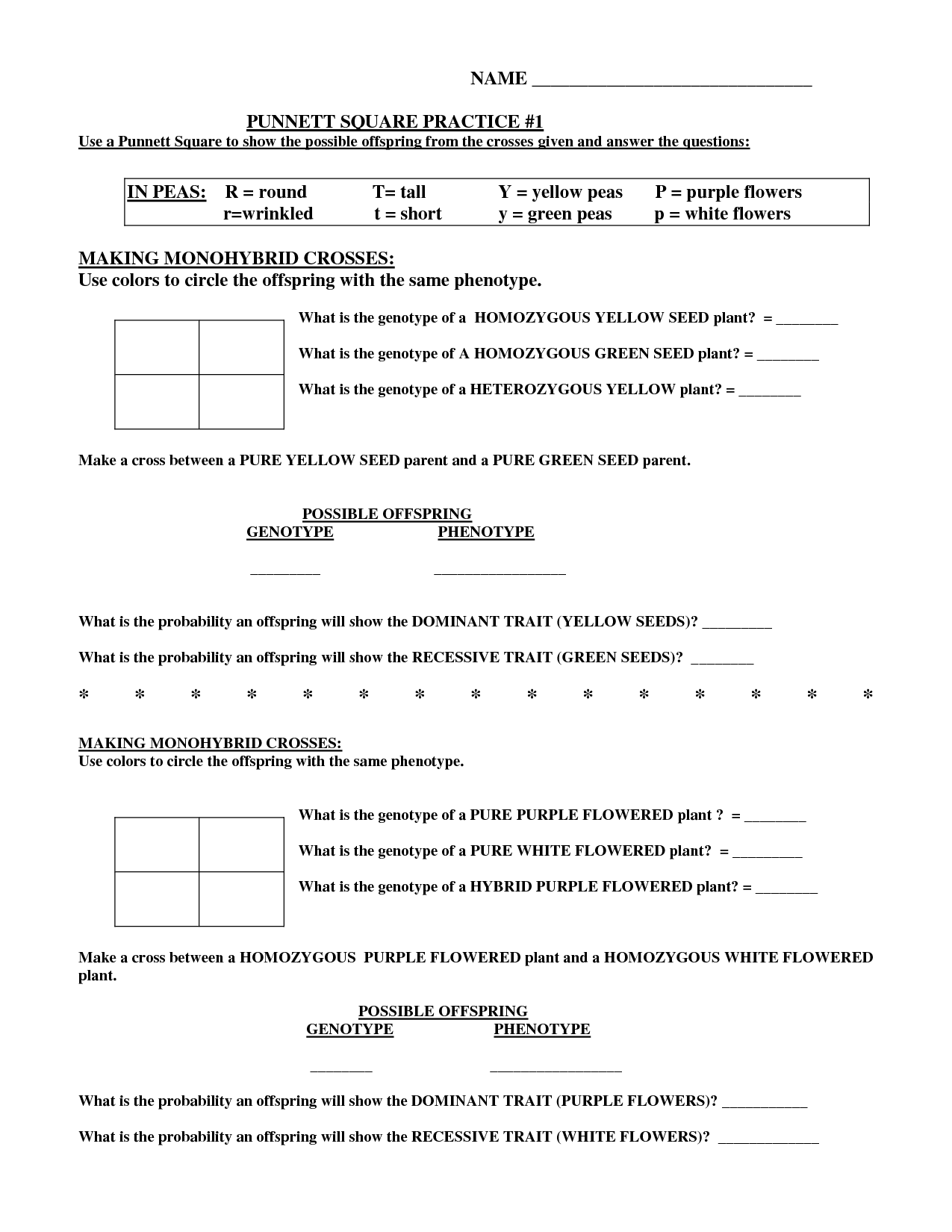
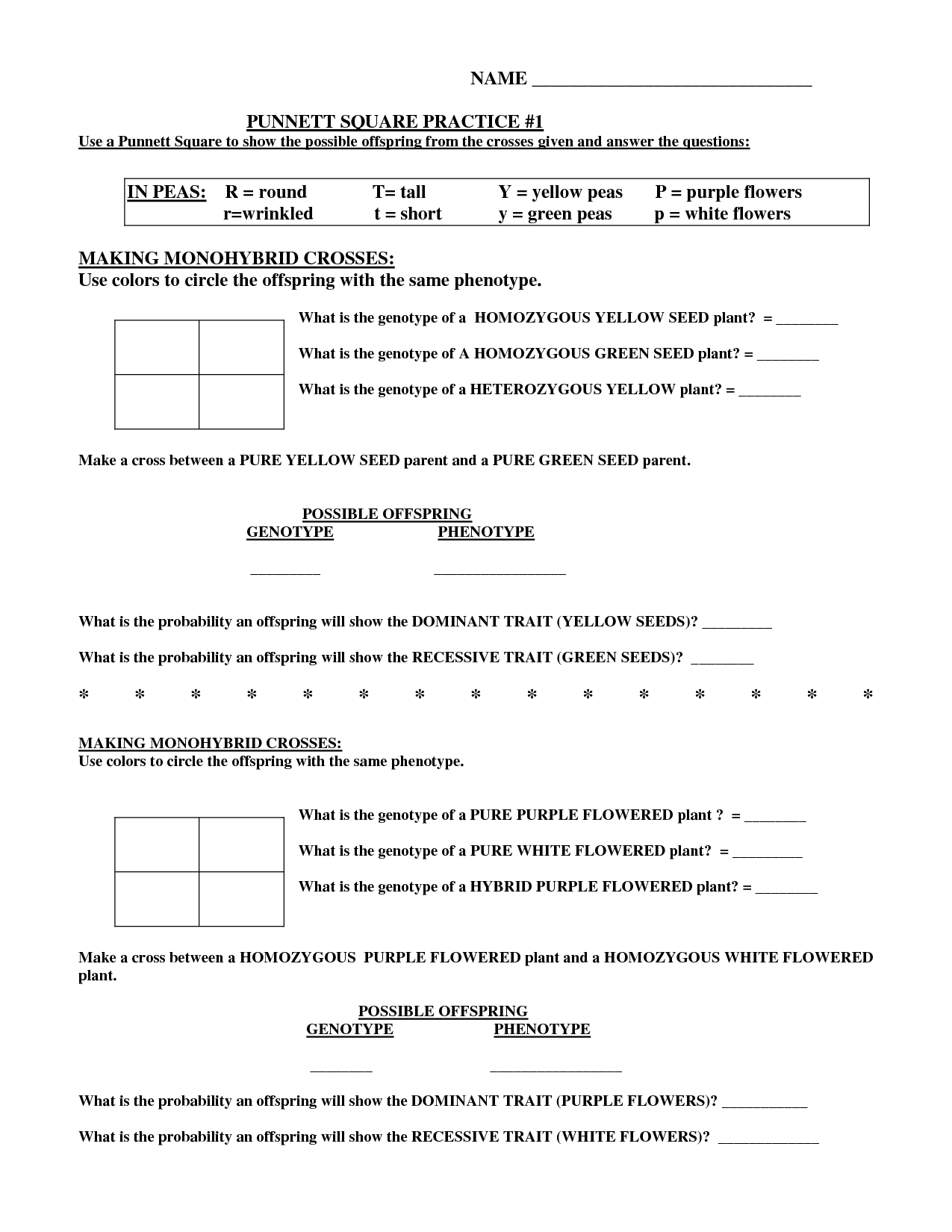
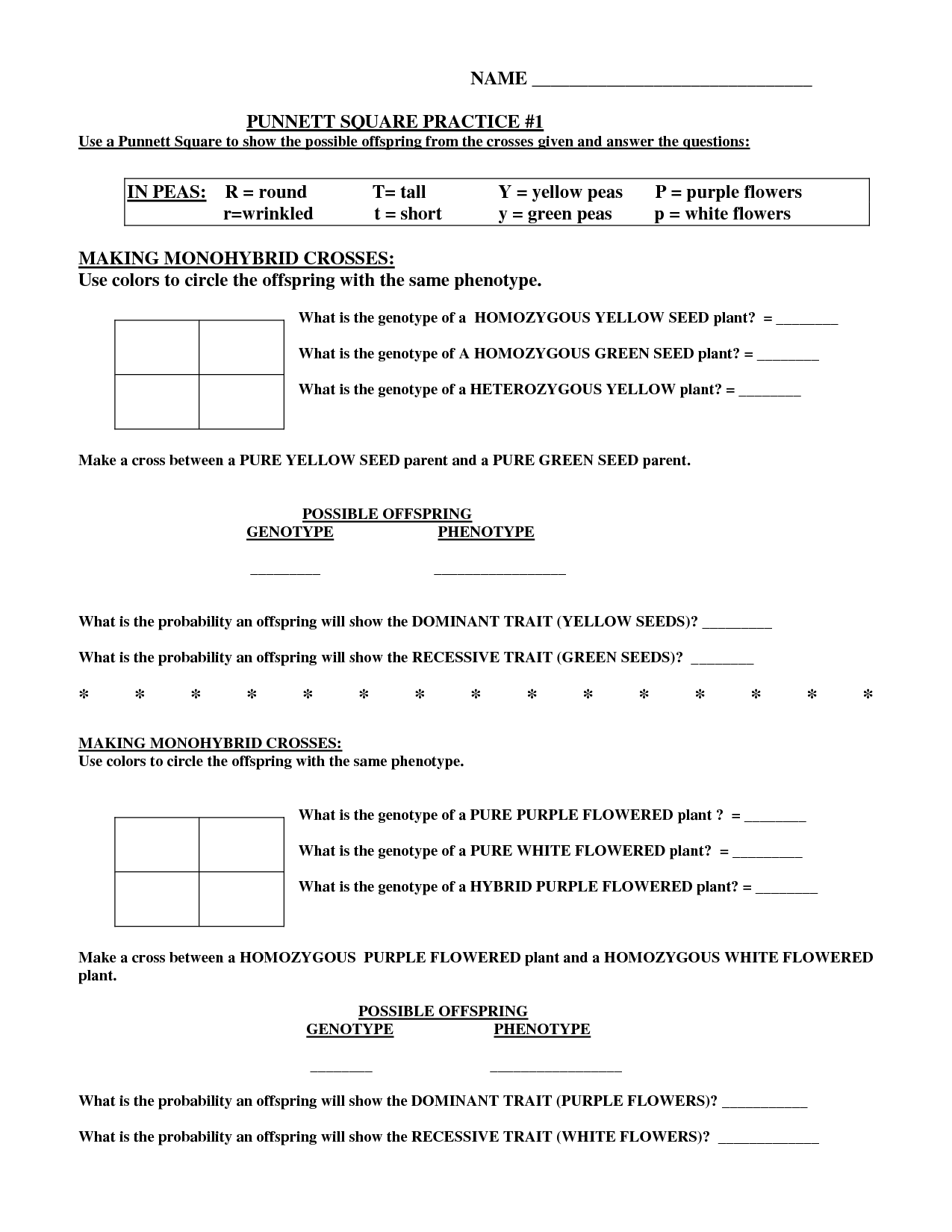
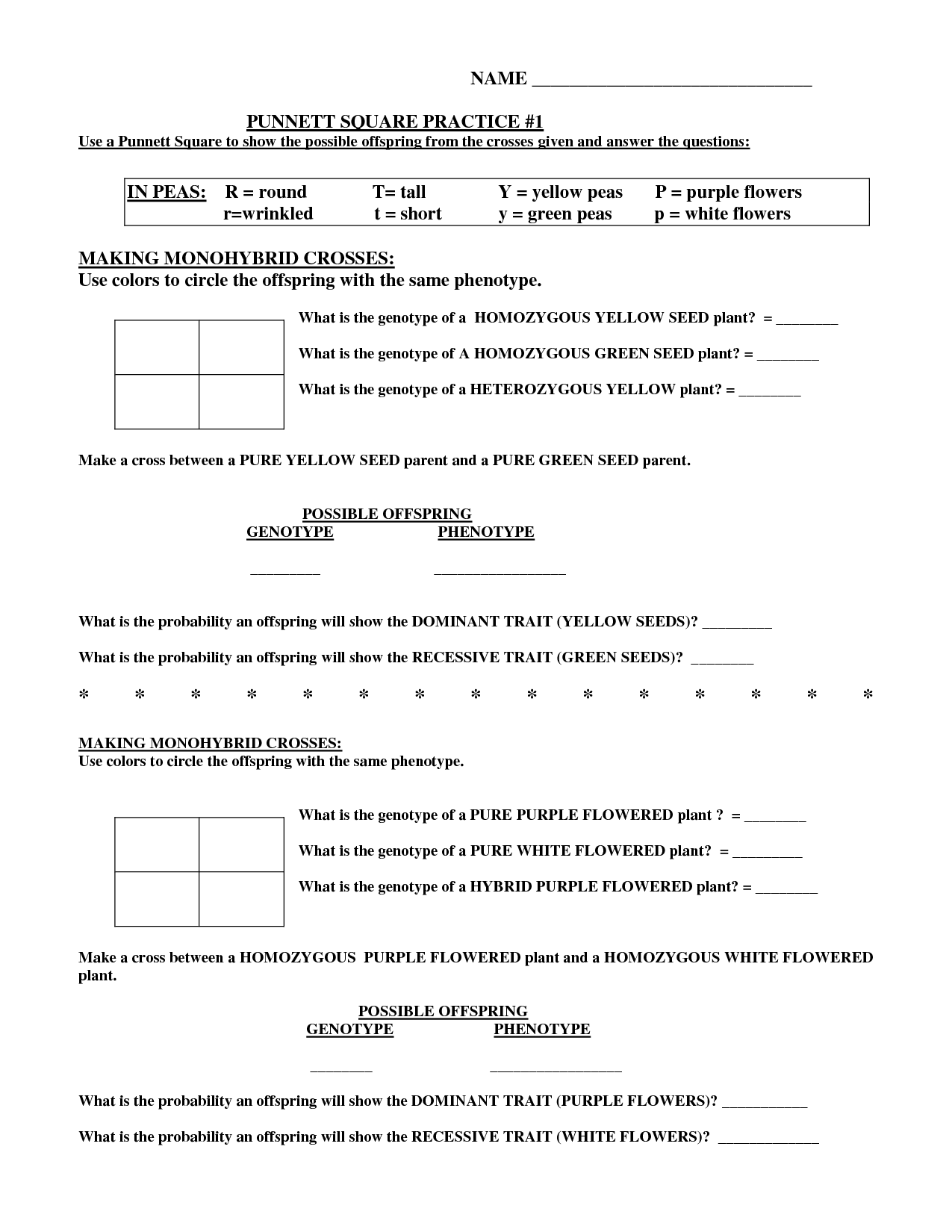
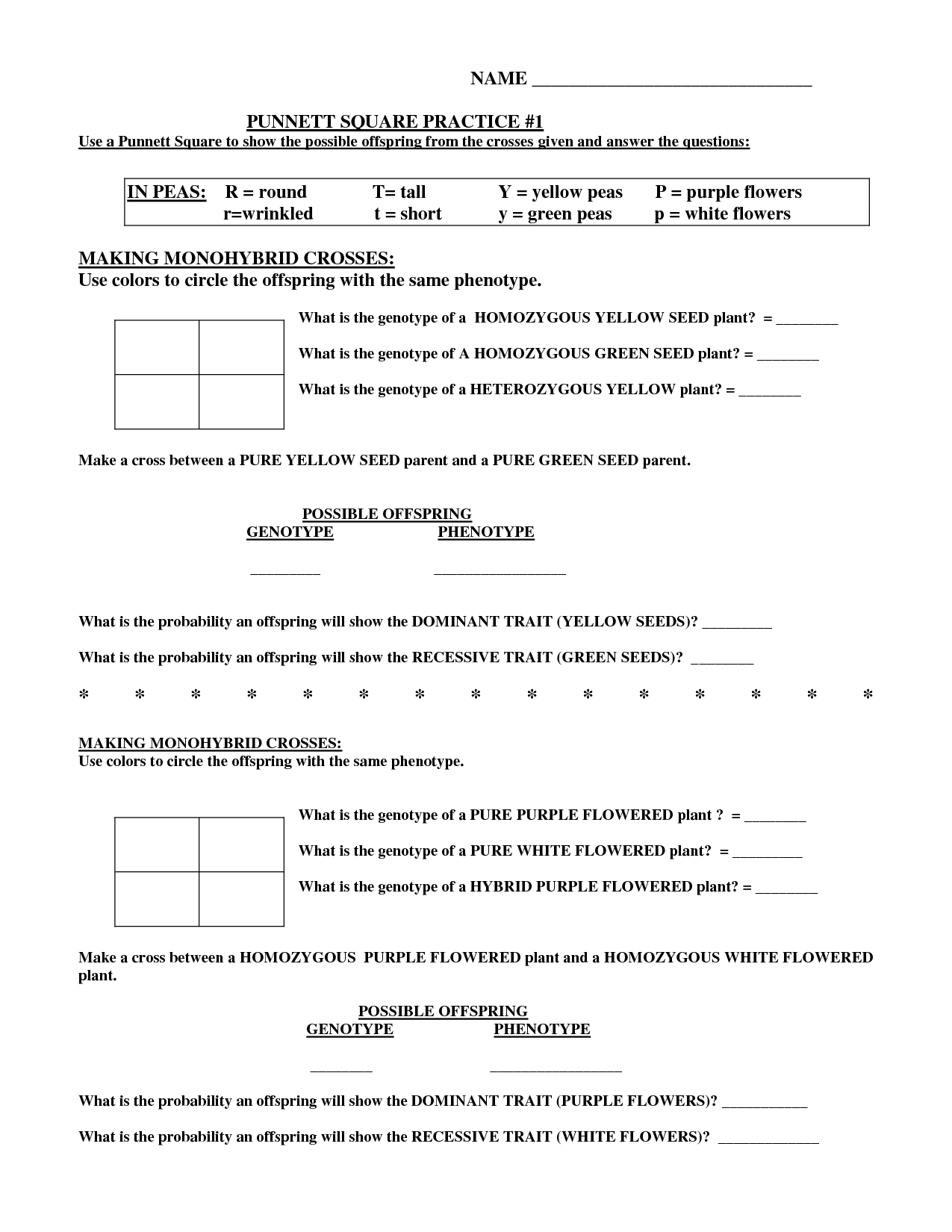
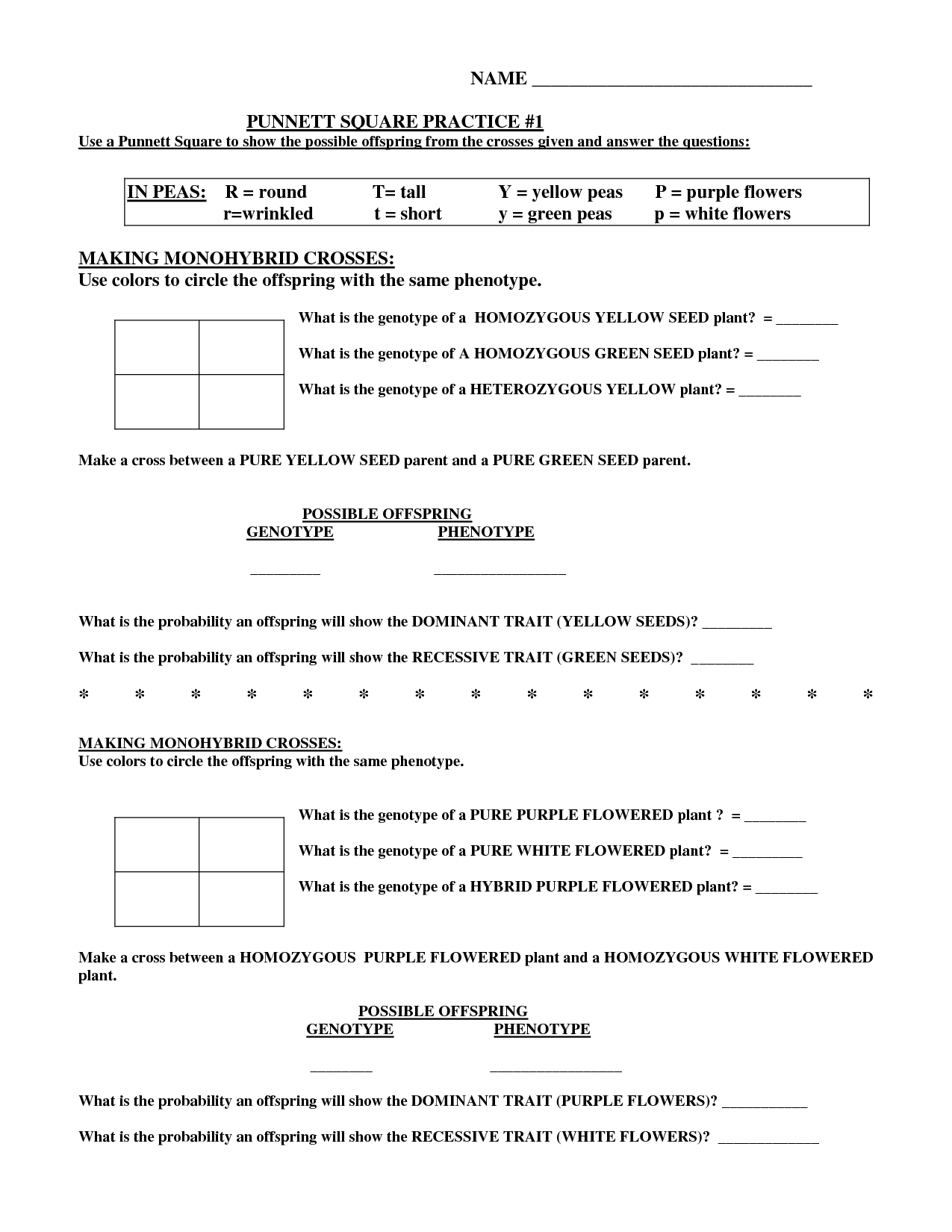
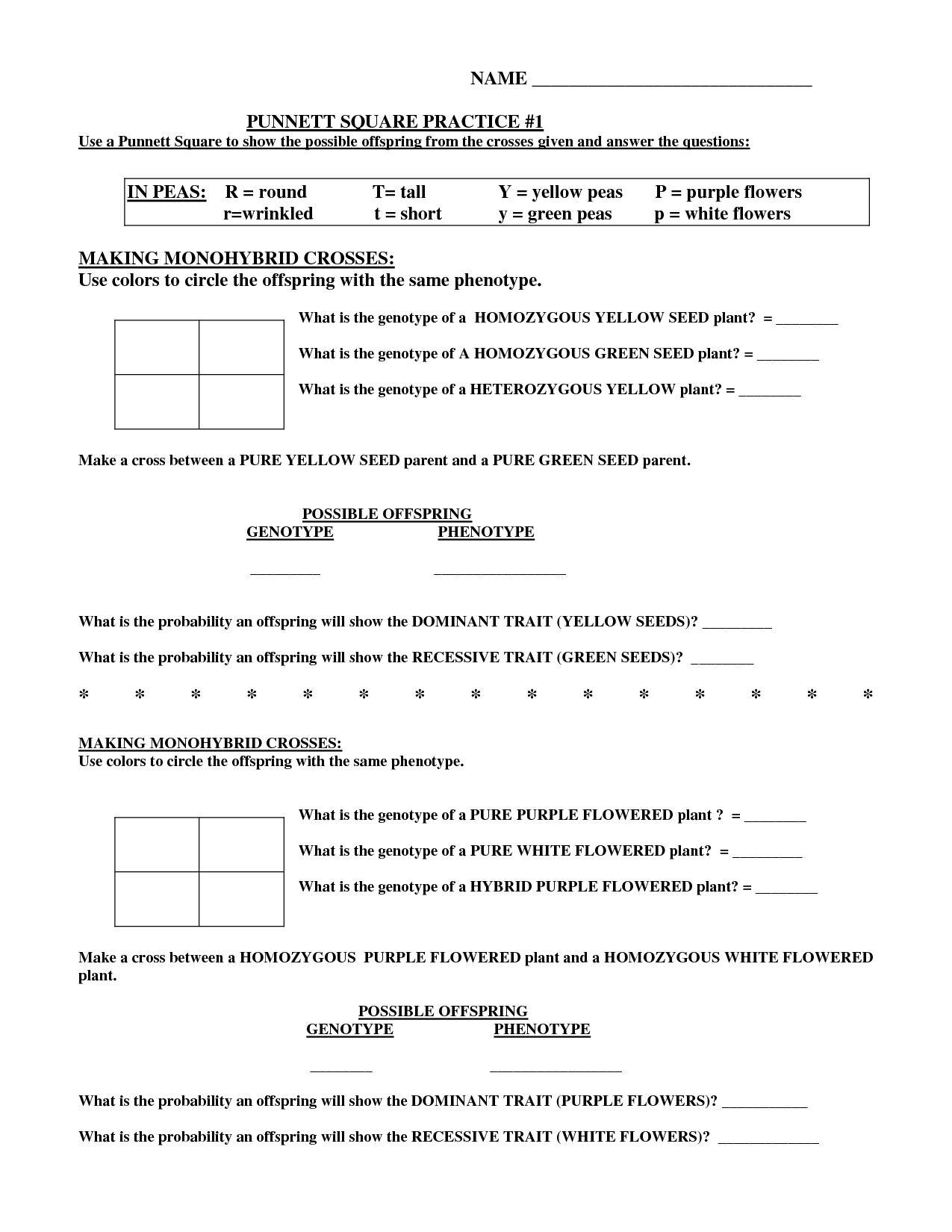
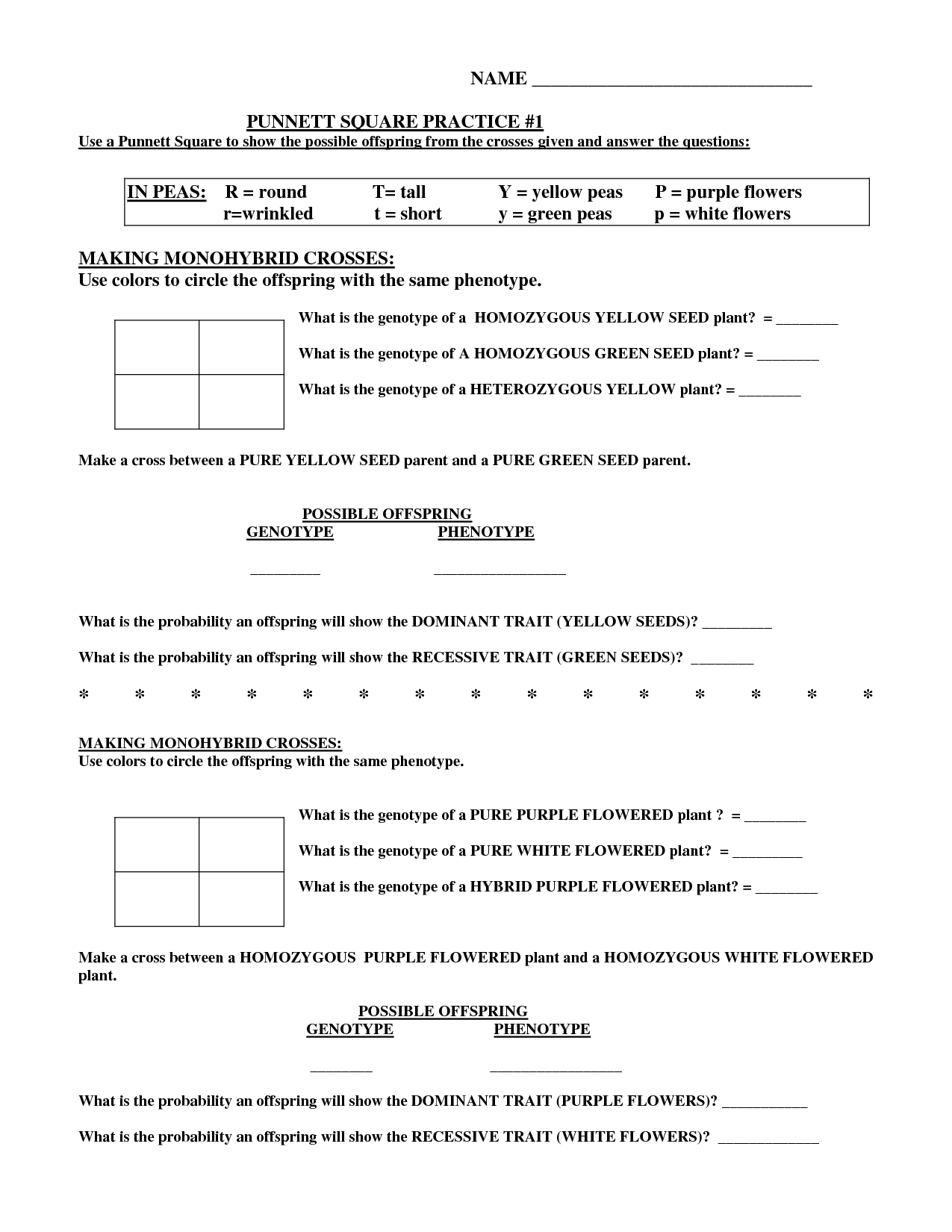
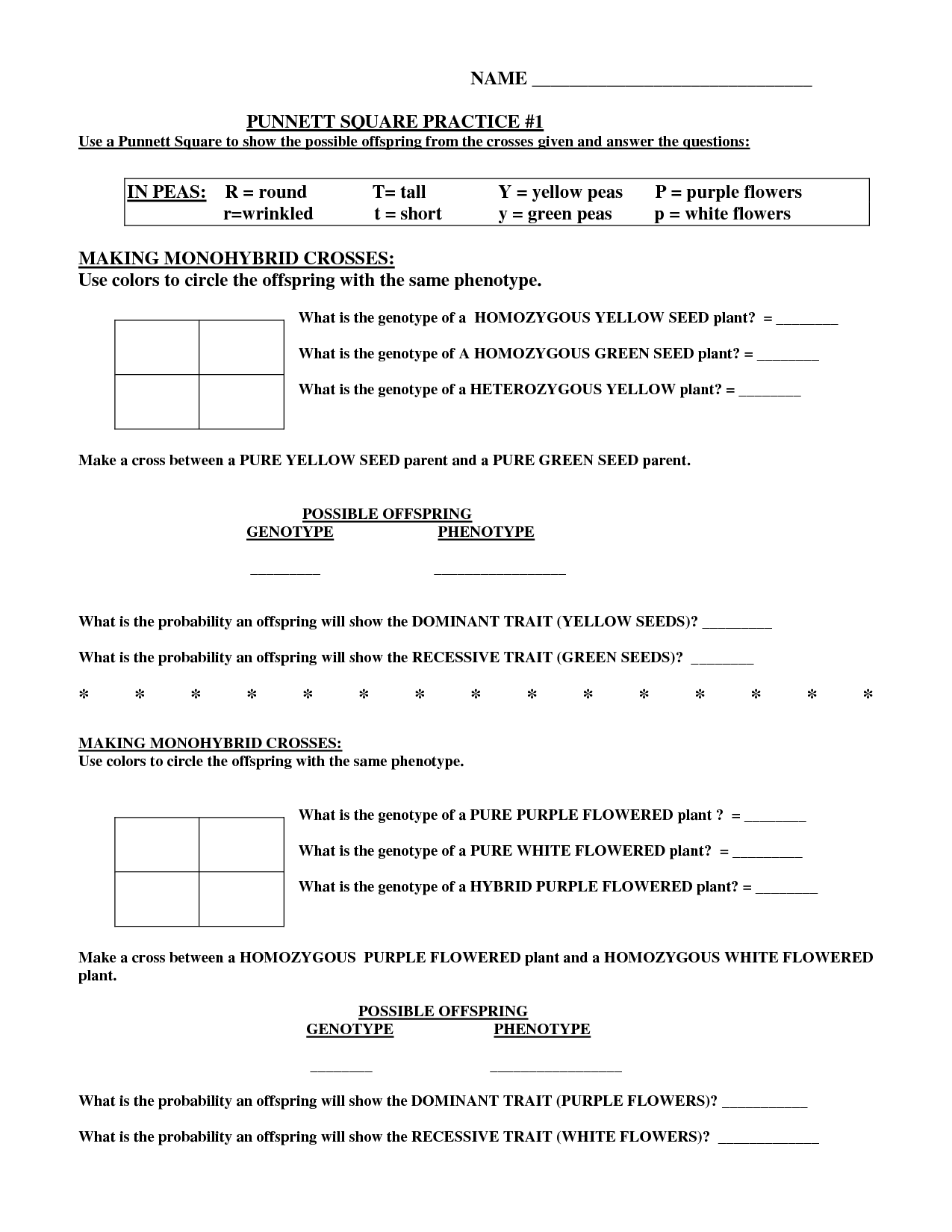














Comments